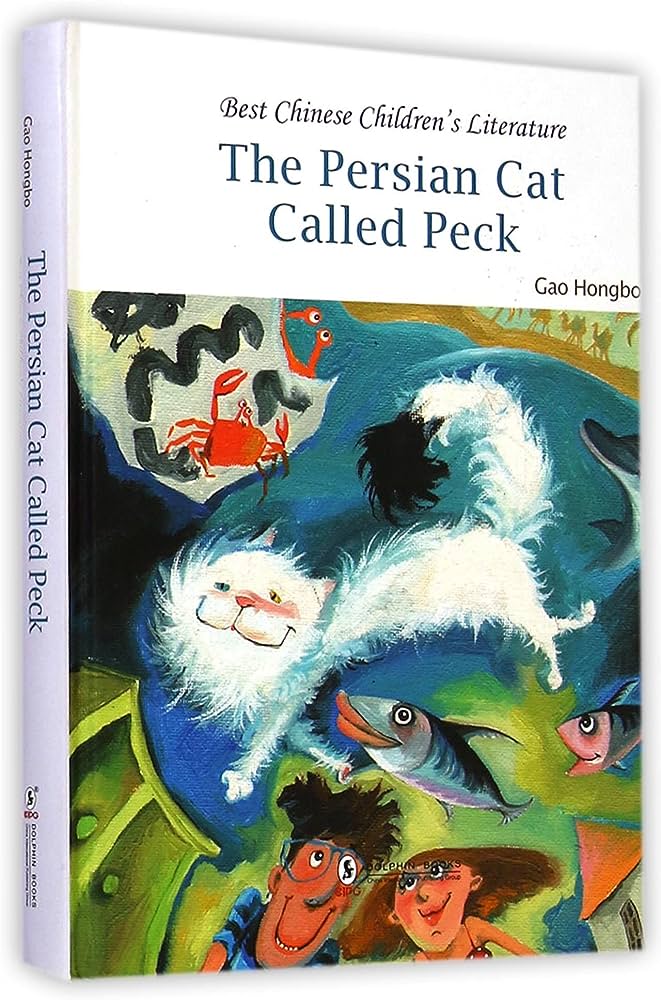If you’re a fan of literature and feline companions, then you’re in for a treat! In this article, we’ll be exploring the captivating world of Persian cats in literature. These majestic creatures have found their way into the hearts of many authors throughout history, becoming beloved characters in various books. From classic tales to modern novels, we’ll be delving into the famous feline stars of the literary world. So, get ready to embark on a literary adventure as we uncover the fascinating stories of Persian cats in literature.
Persian Cats in Literature: Famous Cats in Books
Have you ever wondered about the significance of Persian cats in literature? Throughout history, these beautiful feline creatures have made their mark in numerous books, leaving a lasting impression on readers worldwide. Let’s delve into the world of Persian cats in literature, from their historical background to their role in plot development, symbolism, and representation. We’ll also explore their cultural perspectives, famous cat characters, and their fascinating presence in mythology and folklore.
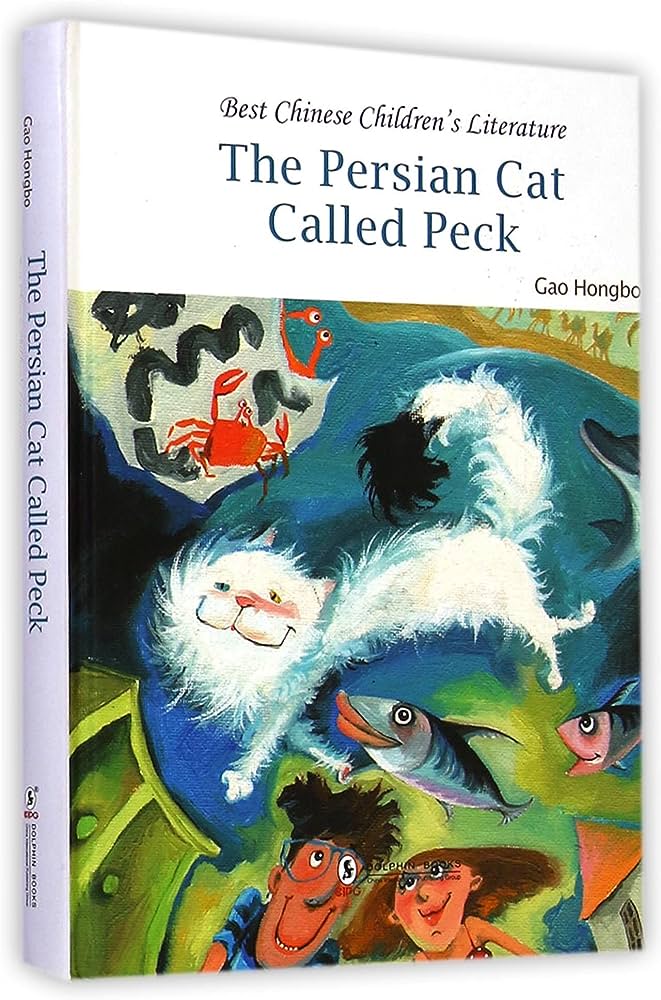
1. Historical Background
To truly understand the presence of Persian cats in literature, it’s essential to explore their historical background. Persian cats have been celebrated for centuries and are known for their luxurious long fur and distinctive features. Their origins can be traced back to ancient Persia, modern-day Iran, where they were highly regarded and kept as royal pets.
1.1 Ancient Persian Literature
Ancient Persian literature is rich with references to cats, including Persian cats. In the renowned work “Shahnameh,” written by Persian poet Ferdowsi in the 10th century, cats are mentioned in various myths and poems. These portrayals showcase the high regard for cats in Persian culture and their significance in ancient stories and legends.
1.2 Influence of Persian Cats in Literature
The influence of Persian cats in literature extends beyond ancient Persian works. Throughout the centuries, authors from different cultures and backgrounds have incorporated Persian cats into their narratives, captivated by their beauty and mystique. By examining notable books featuring Persian cats, we can gain insights into their symbolic representation and their contribution to plot development.
2. Notable Books Featuring Persian Cats
Let’s explore some of the most famous books that prominently feature Persian cats, each showcasing a unique aspect of these captivating creatures.
2.1 ‘The Cat in the Hat’
Dr. Seuss’ beloved children’s book, “The Cat in the Hat,” introduces readers to an unforgettable character, the mischievous and imaginative Cat in the Hat. While the book doesn’t explicitly mention the cat as a Persian, its distinctive features, such as the iconic tall red and white hat, loosely resemble the elegant appearance of a Persian cat.
2.2 ‘Alice’s Adventures in Wonderland’
Lewis Carroll’s whimsical masterpiece, “Alice’s Adventures in Wonderland,” introduces readers to the enigmatic Cheshire Cat, known for its ability to disappear and reappear at will. While the book doesn’t explicitly specify the Cheshire Cat as a Persian, it shares some physical and behavioral traits with Persian cats, such as its large size and mysterious nature.
2.3 ‘Breakfast at Tiffany’s’
Truman Capote’s classic novella, “Breakfast at Tiffany’s,” features an iconic feline character named Cat, who exists as both a symbol of independence and a source of comfort for Holly Golightly, the book’s protagonist. While Cat’s breed isn’t explicitly mentioned in the story, the cat’s beauty and affection reflect the elegance often associated with Persian cats.
2.4 ‘The Master and Margarita’
Mikhail Bulgakov’s masterpiece, “The Master and Margarita,” introduces readers to Behemoth, an mischievous and intelligent talking black cat. While Behemoth’s breed isn’t explicitly mentioned, his sly and cunning demeanor aligns with the mysterious and mischievous qualities often associated with Persian cats.
2.5 ‘The Picture of Dorian Gray’
Oscar Wilde’s compelling novel, “The Picture of Dorian Gray,” includes a gray cat as a minor character in Dorian Gray’s lavish and decadent world. While the book doesn’t specify the cat’s breed, its name and color align with the elegance and beauty of Persian cats.
2.6 ‘The Cheshire Cat’
The Cheshire Cat from Lewis Carroll’s “Alice’s Adventures in Wonderland” is worth a special mention. This iconic character, famous for its wide grin and intriguing disappearances, has captured the imagination of readers for decades. While its breed remains a subject of speculation, the Cheshire Cat’s peculiar personality and distinctive appearance align with the mystique often associated with Persian cats.
2.7 ‘Schrödinger’s Cat’
In Erwin Schrödinger’s thought experiment turned cultural reference, “Schrödinger’s Cat,” the cat becomes a symbol of uncertainty and quantum paradox. Although the breed of the cat isn’t specified, the experiment’s concept resonates with the dual nature often associated with Persian cats.
2.8 ‘The Fur Person’
May Sarton’s heartwarming memoir, “The Fur Person,” tells the story of a stray gray cat named Pandora who finds her way into the author’s life. Pandora’s grace and charm reflect the elegance often linked to Persian cats, making her a beloved character in the book.
2.9 ‘The Cat Who…’ Series
Lilian Jackson Braun’s cozy mystery series, “The Cat Who…,” features a Siamese cat named Kao K’o Kung as a central character. While Kao K’o Kung is not specifically a Persian cat, the series showcases the deep bond between the feline companion and the main character, Jim Qwilleran.
2.10 ‘Old Possum’s Book of Practical Cats’
T.S. Eliot’s collection of poems, “Old Possum’s Book of Practical Cats,” which inspired the hit musical “Cats,” features Macavity, a notorious and elusive cat. While Macavity isn’t explicitly identified as a Persian, his cunning nature and physical appearance align with the mystique often associated with Persian cats.
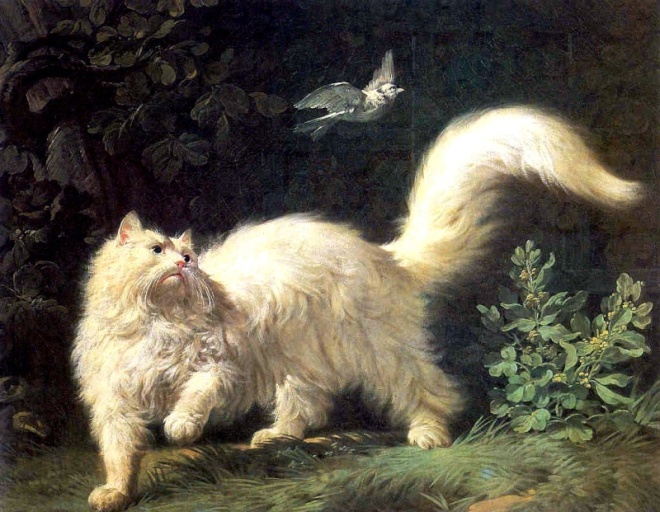
3. Symbolism and Representation in Literature
Persian cats in literature often embody various symbolic meanings and representations. Let’s explore some predominant themes associated with Persian cats in the realm of storytelling.
3.1 Elegance and Luxury
Persian cats are often used to symbolize elegance and luxury in literature. Their luxurious long fur and graceful demeanor create an aura of opulence and refinement, making them fitting representatives of beauty and sophistication in storylines.
3.2 Mystery and Intrigue
The enigmatic nature of Persian cats lends itself well to depicting mystery and intrigue in literature. Their secretive behaviors, captivating eyes, and ability to disappear and reappear mysteriously align with the sense of curiosity, wonder, and magic often present in narratives.
3.3 Independence and Freedom
Persian cats are renowned for their independent nature, often embodying a sense of freedom in literature. Their ability to roam freely while still maintaining a strong bond with their human companions makes them symbolic representations of independence, assertiveness, and self-reliance.
3.4 Dual Nature
Dual nature is another prevalent theme associated with Persian cats in literature. Their calm and gentle disposition contrasts with their mischievous and playful side, representing a balance between serenity and vivacity. This duality often adds depth and complexity to characters and storylines.
4. The Persian Cat’s Role in Plot Development
Persian cats play crucial roles in plot development, serving as companions, sources of inspiration, catalysts for change, and symbols of transformation. Let’s explore these roles in more detail.
4.1 Companion and Friend
In many literary works, Persian cats serve as valuable companions and cherished friends to the main characters. Their affectionate and loyal nature adds warmth and emotional depth to the storylines, creating bonds of love and friendship that resonate with readers.
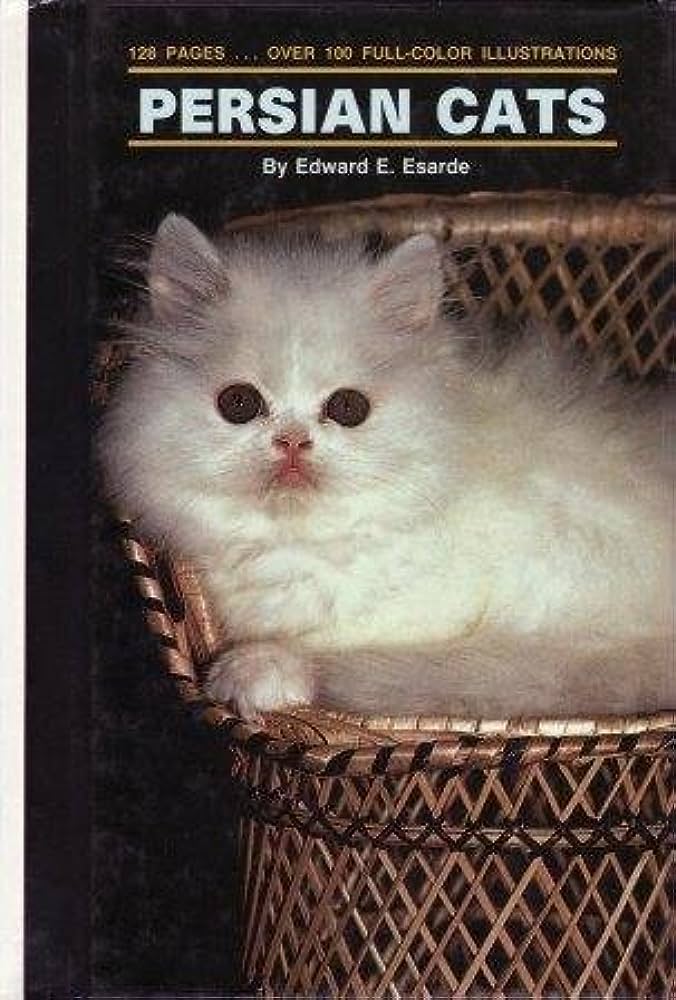
4.2 Source of Inspiration
Persian cats often serve as muses and sources of inspiration for characters, particularly writers and artists. Their graceful presence and mysterious charisma spark creativity and provide a sense of comfort and solace during moments of turmoil and uncertainty. The bond between the character and their feline companion drives the narrative forward and fuels their artistic endeavors.
4.3 Catalyst for Change
Persian cats can act as catalysts for change in literary works by provoking character growth and transformation. Through their actions, interactions, and mere presence, these feline characters initiate shifts in the storyline, prompting characters to question their beliefs, confront their fears, and embrace new perspectives.
4.4 Symbol of Transformation
In some stories, Persian cats symbolize transformation and rebirth. Their graceful and dignified nature mirrors the transformative journeys of characters. As characters undergo personal growth and metamorphosis, the Persian cat serves as a visual representation of their own transformative process, symbolizing the shedding of old selves and the emergence of new identities.
5. Cultural Perspectives on Persian Cats
Persian cats hold different cultural significance and perspectives, both in the literature of their place of origin and in Western literature. Let’s explore their representation in diverse cultural contexts and their cross-cultural interpretations.
5.1 Persian Cat in Persian Literature
In Persian literature, Persian cats hold a revered status, often associated with elegance, beauty, and luxury. They are depicted as companions to royalty and elite individuals, symbolizing opulence and prosperity. Persian authors have penned numerous poems, stories, and myths celebrating the beauty and grace of Persian cats.
5.2 Persian Cat in Western Literature
In Western literature, Persian cats are often portrayed through a lens of mystery, intrigue, and beauty. Their distinctive appearance, reserved nature, and independent behavior make them fit seamlessly into plotlines exploring themes such as secrets, magic, and hidden depths.
5.3 Cross-Cultural Representations
The representation of Persian cats in literature transcends cultural boundaries, with their allure captivating readers across the globe. While they may be featured in different contexts and cultures, the fundamental qualities associated with Persian cats, such as elegance, mystery, and independence, resonate with readers universally.
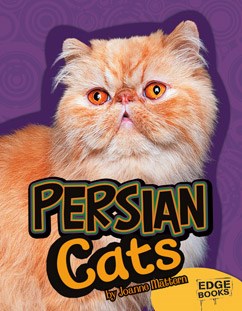
6. Famous Persian Cat Characters
Numerous famous cat characters in literature have been inspired by the unique qualities of Persian cats. Let’s take a closer look at some of these memorable feline personalities.
6.1 The Cheshire Cat (Alice in Wonderland)
The Cheshire Cat from Lewis Carroll’s “Alice in Wonderland” is perhaps one of the most iconic feline characters in literature. Known for its riddles and penchant for disappearing and leaving only its grin behind, the Cheshire Cat’s whimsical and mischievous nature aligns with the intriguing qualities often associated with Persian cats.
6.2 Cat (Breakfast at Tiffany’s)
Truman Capote’s novella “Breakfast at Tiffany’s” features a nameless cat that acts as a companion to Holly Golightly, the story’s protagonist. The cat’s presence adds a layer of comfort and normalcy to Holly’s unconventional life, similar to the role Persian cats often play in providing solace to their human counterparts.
6.3 Behemoth (The Master and Margarita)
In “The Master and Margarita” by Mikhail Bulgakov, Behemoth, a demon in the form of a black cat, steals the show with his mischievous and witty personality. While Behemoth’s breed isn’t explicitly mentioned, his portrayal shares characteristics commonly associated with Persian cats, such as intelligence and enigmatic behavior.
6.4 Gray Cat (The Picture of Dorian Gray)
In Oscar Wilde’s “The Picture of Dorian Gray,” a gray cat serves as a minor character in the lavish world of Dorian Gray. While its breed isn’t specified, the cat’s physical appearance aligns with the elegance and beauty often attributed to Persian cats.
6.5 Pandora (The Fur Person)
May Sarton’s memoir “The Fur Person” revolves around Pandora, a stray gray cat who finds a home with the author. Pandora’s journey from stray to beloved companion showcases the graceful and enchanting qualities associated with Persian cats.
6.6 Kao K’o Kung (The Cat Who… Series)
Lilian Jackson Braun’s “The Cat Who…” series features a Siamese cat named Kao K’o Kung as a central character. Although not specifically a Persian cat, Kao K’o Kung’s intelligence and deep bond with the main character, Jim Qwilleran, make him an important element in solving mysteries throughout the series.
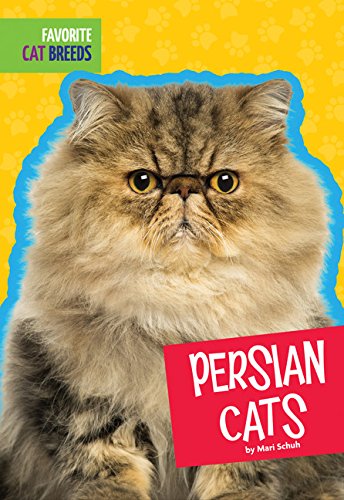
6.7 Macavity (Old Possum’s Book of Practical Cats)
T.S. Eliot’s collection of poems, “Old Possum’s Book of Practical Cats,” features Macavity, a notorious and cunning cat known for his ability to vanish without a trace. While Macavity’s breed isn’t specified, his character resonates with the mysterious and manipulative qualities often associated with Persian cats.
7. Persian Cats in Mythology and Folklore
Beyond literature, Persian cats have also left their mark on mythology and folklore. Their presence in ancient tales and superstitions adds a layer of intrigue and fascination to their cultural significance.
7.1 Persian Mythology
In Persian mythology, cats, including Persian cats, were considered divine creatures and guardians against evil spirits. They were believed to possess healing qualities and were revered for their ability to protect homes and dispel negative energy.
7.2 Folklore and Superstitions
Throughout various cultures, superstitions and folklore have surrounded cats, accentuating their mysterious and supernatural aura. Black cats, in particular, were often associated with witchcraft and fortune-telling. Persian cats, with their regal appearance, were sometimes believed to bring good luck and prosperity to households.
8. Literary Themes Associated with Persian Cats
Persian cats in literature encompass a range of themes and motifs that add depth and complexity to their portrayal. Let’s explore some prevalent literary themes often associated with Persian cats.
8.1 Beauty and Vanity
The beauty and physical elegance of Persian cats often symbolize themes of vanity and external appearance in literature. They serve as reminders of the fleeting nature of outward beauty and the pitfalls of placing excessive importance on superficial qualities.
8.2 Timelessness and Immortality
Persian cats can also represent themes of timelessness and immortality in literature. Their regal and dignified presence invokes a sense of eternity, highlighting the desire for permanence and transcendence within the human experience.
8.3 Manipulation and Trickery
Persian cats, with their mysterious and enigmatic nature, are sometimes associated with manipulation and trickery in literature. Their ability to disappear and reappear at will, coupled with their observant and intelligent demeanor, positions them as cunning characters capable of deceiving and outsmarting others.
8.4 Secrets and Enigmas
In stories featuring Persian cats, secrets and enigmas often abound. Their reserved nature, hidden depths, and uncanny ability to navigate shadows evoke a sense of mystery and intrigue, leaving readers captivated by the layers of undiscovered truths waiting to be unveiled.
8.5 Transformations and Rebirth
Transformation and rebirth are recurrent themes in literature featuring Persian cats. Their ability to undergo physical and emotional changes mirrors the transformative journeys of characters, emphasizing the power of growth, renewal, and personal metamorphosis.
9. Persian Cats as Writing Muses
The enchanting presence of Persian cats has also extended to the realm of creative inspiration. Let’s explore their role as writing muses and the impact they have on the writing process and symbolism in literature.
9.1 Authors and Their Feline Inspirations
Many authors have found solace and creative inspiration in the company of Persian cats. Their calming and nurturing presence often creates a conducive environment for writing and sparks the imagination of writers, contributing to the birth of captivating narratives.
9.2 Cats and the Writing Process
Persian cats, with their independent personalities and acute observational skills, have become valuable companions during the writing process. They provide writers with a sense of companionship and emotional support, helping alleviate writer’s block and inspiring the flow of ideas.
9.3 Cats as Literary Symbols
Persian cats, both in reality and as subjects in literature, have become powerful symbols in the creative world. As muses, they represent elegance, mystery, and the intricacies of the human experience, lending depth and resonance to literary works.
10. Conclusion
From ancient Persian literature to modern works, Persian cats have left imprints on the pages of numerous books. Their elegance, mystery, and independence make them captivating characters that embody various symbolic meanings in literature. Whether they represent beauty, intrigue, or transformation, Persian cats continue to fascinate readers, serving as companions, sources of inspiration, and enigmatic symbols throughout literary history. Their presence in mythology and folklore further solidifies their cultural significance, making them timeless creatures adored by writers and readers alike. Next time you encounter a Persian cat in literature, remember the layers of meaning and symbolism they carry, adding depth and enchantment to the stories they inhabit.
